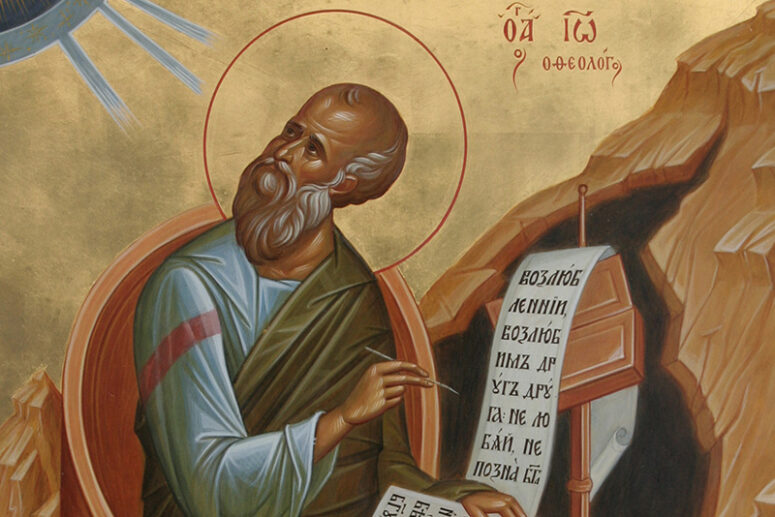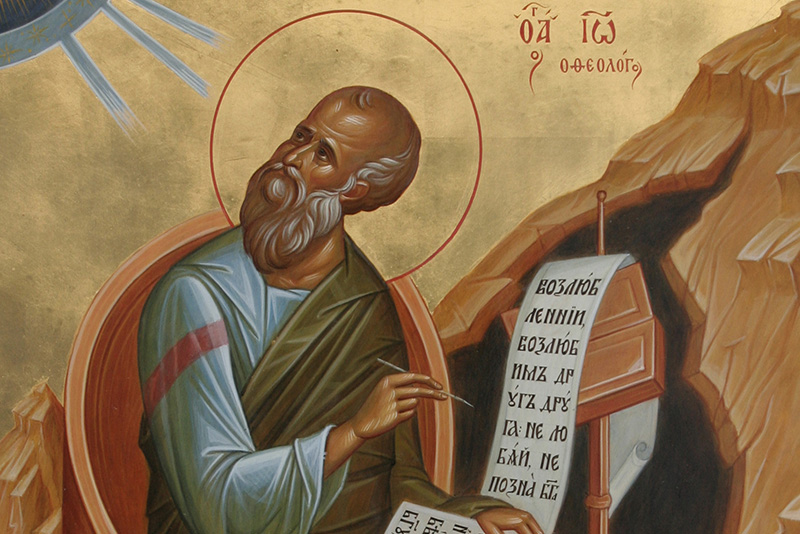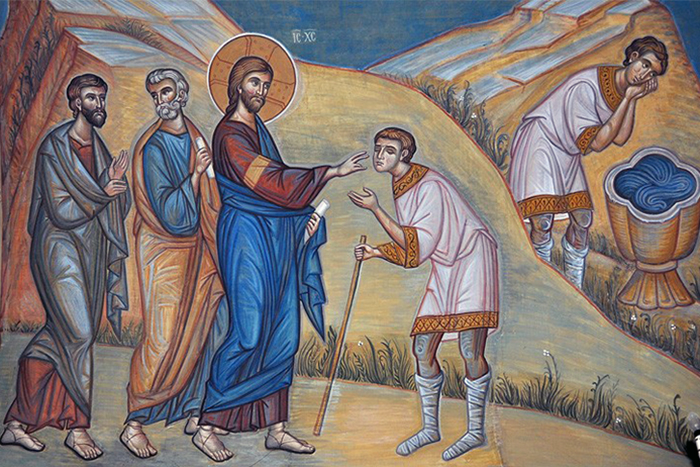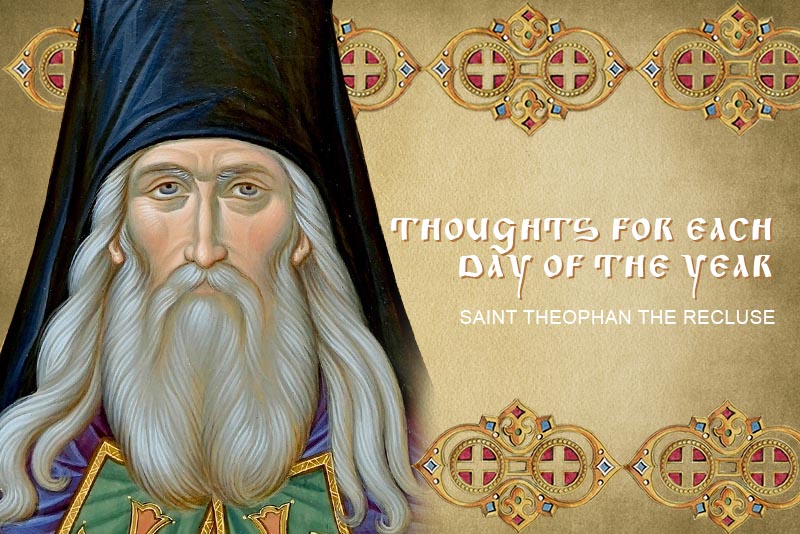
The Book of John stands out among the other gospels of the Bible in many ways. Only in this gospel do we find accounts of some prominent events in the life of Jesus Christ, such as the resurrection of Lazarus. It is also believed to be full of mysteries and unanswered questions. What are the mysteries of this gospel? And how can they be solved? Let us find out together.
The fourth gospel is attributed to John the Evangelist, an apostle of Christ. Yet scholars believe that it was written as late as the second century after Christ. So who really wrote it?
The oldest artefact with the text of the Book of John is a small fragment of the Papyrus P52 with fragments of Chapter 18. It is dated – reliably – to the second century after Christ. The first citations of the text by Christian Scholars go back to the second half of the second century. All of the early scholars name John as its author, referring to John the Evangelist who reclined next to Jesus during the Last Supper. (John 13:23). Irenaeus of Lyon (circa 130 – 202) and Tertullian (155/165 –220/240) affirmed this, while Clement of Alexandria (150 – 215) added: “But, last of all, John – aware that the outward facts had been set out in the gospels, – was encouraged by his disciples and divinely motivated by the Spirit, composed a spiritual gospel.”

In the account of Epiphanius of Salamis, John completed the gospel when he was 90 years of age. Assuming that he was 20 at the time of the events of the gospel (circa AD30), he would have been able to make his book public by the year 100. These estimates are roughly consistent with the dates accepted by modern scholars.
Admittedly, some biblical scholars questioned the authorship of this inspirational text. Could it be that same John, son of Zavidee a very fisherman of noble descent (and an acquaintance of the first bishop of Jerusalem, as the bible tells us) who, together with his brother Jacob, asked Christ’s permission to become His right or left hand when He becomes King (Mattew 20: 21-24)? The gospel itself does not indicate the author’s name. It only states that the book was written by the beloved disciple of Jesus. Sceptics have attributed the book’s authorship to people like a presbyter named John, Apostle Thomas, and even Mary Magdalene.

It was not until the 20th century that the British bishop Brooke Foss Westcott, one of the most prominent biblical text scholars of his time, proved beyond a doubt that John the Evangelist’s wrote it. In his outstanding work, he analyses the content and language of the text in every detail and concludes with certainty that the writer: 1) was a Jew; 2) lived in Palestine; 3) witnessed the events of the gospel; 4) was one of the twelve apostles; and 5) could not be anyone else but John the Apostle.
Why does John call himself Christ’s beloved disciple? Does not this sound a bit indiscreet?
That the author does not disclose his name is a sign of his humility. Substantively, there is hardly a reason to believe that the Saviour would have had favourites among His disciples. With His ability to read people’s hearts, He may have noticed in John a special depth, foresightedness and ability to see and understand what others would not. He may have made him one of his closest disciples on this basis.
John needed to identify himself as Christ’s beloved disciple to make clear why he was reclining closest to Christ at the Last Supper and how he had learned from Him the name of His traitor Judah. Or perhaps he was pre-empting questions as to why Christ had entrusted him the care of His mother as He was dying on the Cross.

To John, it was critical to emphasise his position as an eyewitness to the events that he was describing: He writes: “This is the disciple who testifies to these things and who wrote them down. We know that his testimony is true.” (John 21: 24). His other principal task was to address the misconceptions about Christ that had become common among many Jews and other Christians. For example, many in his time believed that Christ was not a human in the flesh and blood, but rather a spirit without a physical body, and therefore his passions on the Cross not real and His death was illusory.
John the Evangelist was steadfast in countering these false beliefs. He took great care to supply his account with the details to show that Christ was in fact a human person, like Jesus asking a Samaritan woman to give him a drink (John 4: 6,7); His weeping over the body of Lazarus (John 11: 35); or letting Apostle Thomas put his fingers in the nail marks and his hand into His side after His resurrection (John 20: 27). He was hoping to convince the reader that Jesus was no ghost.
Why is there no mention in John’s gospel of such important events as the Nativity of Christ or His transfiguration?
His aim was not to repeat the accounts of the other evangelists but to supplement them. In his gospel, John provides the details not found in the books of Matthew, Mark and Luke, known as the synoptic evangelists, who reported the events from the same point of view. The Gospel of John is distinct from the first three in its purpose, and may sometimes appear to be unconnected to them. In fact, John mentions only a few of the events from the other three Gospels, such as Feeding the Multitude, the Last Supper, denial of Peter, Sanhedrin trial of Jesus, and His Crucifixion. The list is rather small. Even these events are reported differently from the other three evangelists.
In his account, John does not quote the words of Jesus that the other apostles have cited, such as “Take and eat; this is my body”, or “This is my blood of the covenant, which is poured out for many for the forgiveness of sins.” (Matthew 26: 26, 28). Instead, he describes how Jesus Christ washed the feet of his disciples and enjoined them to follow this example of love, and follows this by the account of His last discourse.
Translated by The Catalogue of Good Deeds
Source: https://foma.ru/zagadki-evangelija-ot-ioanna.html




